Year
A 40-year-old woman presented with intermittent, crampy, abdominal pain with loose, watery stools at least 3-4 times a day. She has also noticed a significant unintentional weight loss of approximately 5 kgs over the past two months. Due to her asthma, she gave a h/o seeking alternative remedies which included consumption of raw fish over the past 1 year. Her stool samples were sent for microscopic examination.
- What is the diagnosis?
- How is this infection acquired?
- What is the treatment of choice?

Case answer – Posted on: 15-April-2024
- What is the diagnosis?
Diarrhea due to Capillaria philippinensis – eggs are 35 to 45 µm x 20-25 µm with two flat polar prominences and striated shell (slightly smaller than C. hepatica). - How is this infection acquired?
Consumption of raw fish with infective larvae (Un-embryonated eggs passed in faeces > embryonate in water > infective larvae develop in the tissue of fish intermediate hosts). Embryonated eggs can develop within the host leading to auto-infections. - What is the treatment?
Mebendazole (200 mg twice a day for 30 days) or Albendazole (200 mg twice a day for 10 days). Auto-infections can lead to heavy parasitemia and protein losing enteropathy – longer duration of treatment is required.
